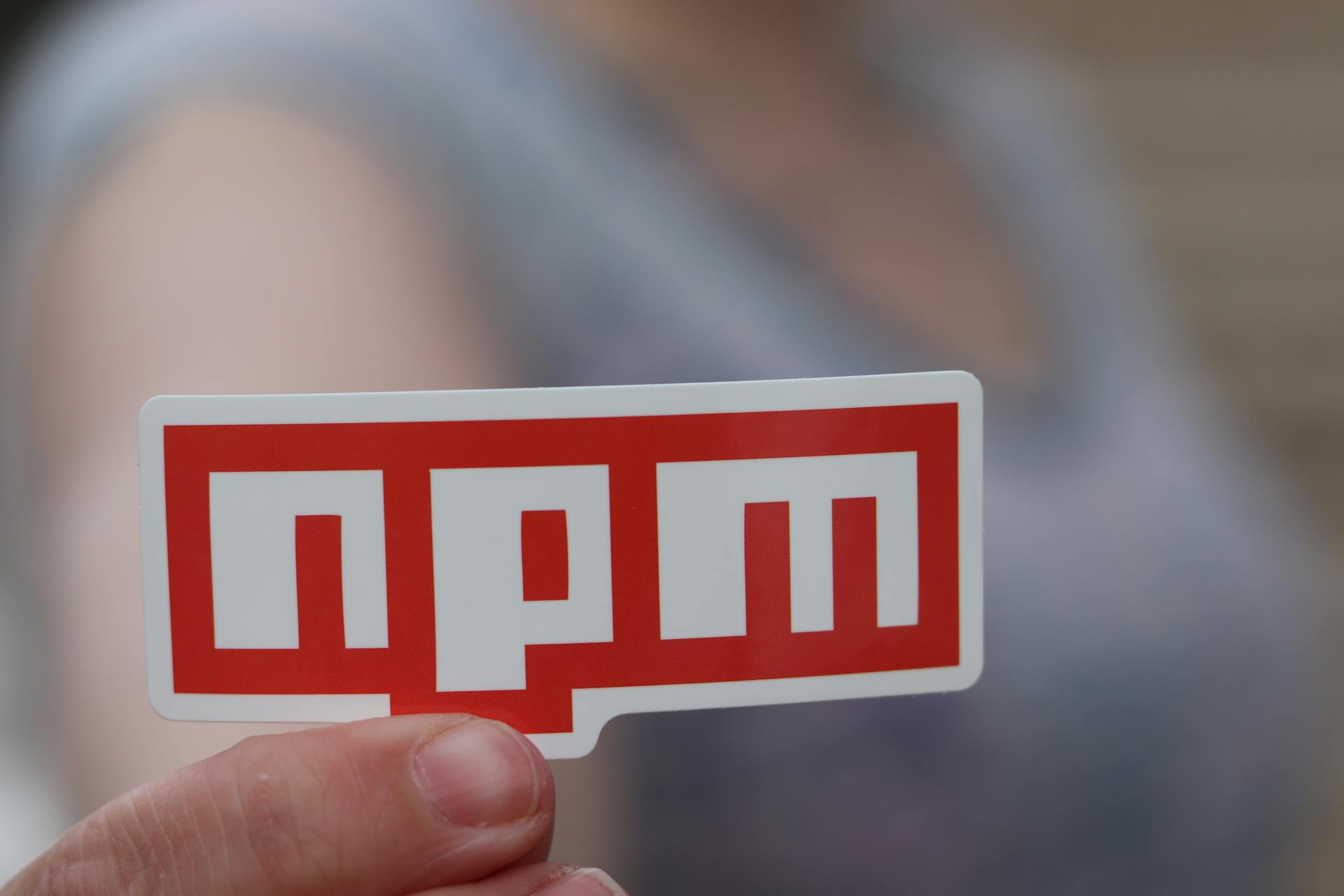Kinsing’s Cloud Onslaught: Exploiting Recent Linux Flaw for Breaches
In a recent breakthrough, researchers from Aqua Nautilus have successfully intercepted Kinsing’s experimental incursions into cloud environments, shedding light on the threat actor’s manual efforts to exploit the Looney Tunables vulnerability (CVE-2023-4911). This marks a pivotal moment in cybersecurity as the first documented instance of Kinsing deviating from its typical fully automated attacks to manually probe and exploit a critical flaw. The article aims to provide a comprehensive analysis of the Kinsing threat actor, the specifics of their latest attack, and the evolving landscape of cloud-native security.
Kinsing Threat Actor: A Formidable Adversary:
Kinsing has long been a significant threat to cloud-native environments, with a focus on Kubernetes clusters, docker API, Redis servers, Jenkins servers, and more. Known for their agility in adapting to new vulnerabilities and persistent efforts to exploit misconfigurations, Kinsing has actively engaged in cryptojacking operations. The threat actor’s history includes exploiting misconfigured Docker daemon API ports, vulnerabilities in Openfire servers, and targeting vulnerable container images such as PHPUnit, Weblogic, Liferay, and WordPress.
Manual Exploitation of Looney Tunables:
The latest revelation unveils Kinsing’s strategic shift in tactics, with the threat actor manually exploiting the Looney Tunables vulnerability (CVE-2023-4911) in GNU libc’s ld.so. This departure from their automated attacks signifies a significant development in their approach, emphasizing the need for heightened vigilance and security measures. The Looney Tunables vulnerability poses a severe risk, allowing local privilege escalation and potential root access to affected systems.
Attack Flow and Exploitation Techniques:
The initial access is gained through the exploitation of the PHPUnit vulnerability (CVE-2017-9841), followed by the deployment of a Perl script creating a reverse shell. The Kinsing threat actor then crafts and executes manual shell commands, demonstrating a departure from their automated modus operandi. The exploitation of the Looney Tunables vulnerability involves fetching an exploit from @bl4sty’s website, targeting the dynamic loader ld.so in GNU libc.
JavaScript Web Shell and Cloud Service Provider Credential Extraction:
Following the exploitation of Looney Tunables, Kinsing deploys a JavaScript web shell, revealing functionalities such as password protection, file management, command execution, and network interactions. Notably, Kinsing attempts to collect credentials from the Cloud Service Provider (CSP), indicating a potential broadening of their operational scope. This shift poses an increased threat to cloud-native environments, as Kinsing actively seeks sensitive information associated with AWS instances.
Mapping to MITRE ATT&CK Framework:
The investigation maps Kinsing’s campaign to the MITRE ATT&CK Framework, highlighting common techniques employed by the threat actor. The defense evasion tactics have evolved, emphasizing the need for adaptive security measures. Key stages in the attack chain include initial access, execution, persistence, privilege escalation, defense evasion, credential access, and discovery.
Detection and Mitigation Strategies:
The article emphasizes the importance of vulnerability patching, particularly focusing on known vulnerabilities like PHPUnit (CVE-2017-9841) and Looney Tunables (CVE-2023-4911). Aqua Security recommends proactive vulnerability scanning using the CNAPP platform to ensure secure container images. Additionally, organizations are advised to review authorization and authentication policies, implement the principle of least privilege, and avoid root user privileges.
Monitoring and Detection:
Enhancing monitoring capabilities is crucial to detecting unusual activities associated with Kinsing attacks, including manual command executions and attempts to access CSP credentials. While vulnerability scanning is essential, Aqua Security highlights the importance of runtime protection through Cloud-Native Detection and Response (CNDR) solutions. These solutions provide real-time monitoring, detection of malicious activities, and response to anomalies, ensuring a robust security posture against advanced and persistent threats.
Conclusion:
The interception of Kinsing’s new experimental campaign reveals a paradigm shift in their tactics, underscoring the evolving landscape of cloud-native security threats. Organizations are urged to adopt a comprehensive security strategy, combining vulnerability scanning with runtime protection, to effectively mitigate the risk of Kinsing attacks and safeguard their cloud-native environments. As Kinsing continues to adapt and diversify, vigilance and proactive security measures remain paramount in the face of evolving cyber threats.



